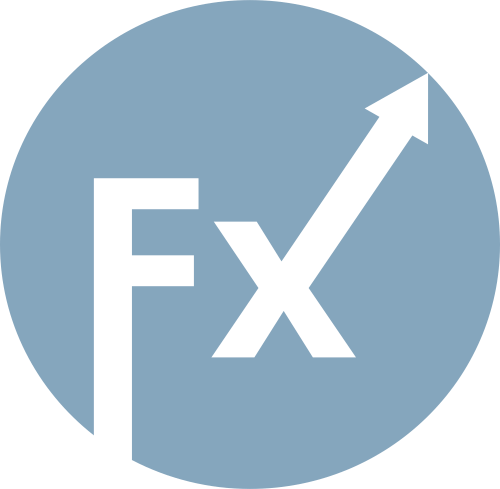Yesterday, it was revealed that President Donald Trump had reached a trade agreement with Vietnam. This came after several weeks of intense diplomatic negotiations between the two countries and just ahead of a looming deadline next week, after which higher tariffs on Vietnamese imports would have been imposed.
Now, Vietnamese exports to the U.S. will be subject to a 20% tariff, and any goods rerouted through the country will face a 40% duty—posing a serious issue. Trump also noted that Vietnam agreed to eliminate all tariffs on imports from the United States.
Vietnam's Ministry of Foreign Affairs stated that Trump had pledged to continue cooperation on issues affecting bilateral trade relations during a phone call between the leaders. To Lam also proposed that the U.S. recognize Vietnam as a market economy and lift restrictions on the export of certain high-tech goods.
Although Trump outlined the general contours of the agreement, the White House has yet to release key provisions or issue an official statement. Experts note that some details may still be in development. The U.S. and the U.K. announced their own trade deal back in early May, but Trump did not sign an executive order to implement it until mid-June—and even then, key details remained undisclosed. Whether the agreement with Vietnam follows the same template remains to be seen.
The Vietnam deal marks only the third such announcement following agreements with the U.K. and China. Trump initially imposed a 46% tariff on Vietnam as part of his rollout of so-called reciprocal tariffs in early April, which affected dozens of countries. That rate was later reduced to 10% to allow time for negotiations.
Meanwhile, Beijing has made it clear it will respond to deals that harm China's interests, and the decision to accept higher tariffs on goods deemed "transshipped" through Vietnam could fall into that category.
Vietnam has become a particular challenge for the Trump administration, as some of the president's top advisers see it as a strategic partner in efforts to counter China in Asia. At the same time, its exports have become essential to American consumers.
Analysts note that the Southeast Asian country has seen a surge in U.S. sales in recent years, partly due to manufacturers relocating production from China. Vietnam is a major supplier of textiles and athletic apparel, home to factories for brands like Nike Inc., Gap Inc., and Lululemon Athletica Inc., among others. It is the sixth-largest source of U.S. imports, shipping nearly $137 billion worth of goods annually. Vietnam's trade surplus with the U.S. is the third largest globally, behind only China and Mexico.
Full details on which goods will be subject to the higher tariffs have not yet been disclosed.
Technical Outlook: EUR/USD
Currently, EUR/USD buyers need to focus on reclaiming the 1.1825 level. Only this will allow them to target a test of 1.1866. From there, the pair may attempt to reach 1.1903, though achieving this without support from major players will be difficult. The most distant target is the 1.1935 high. If the instrument declines, meaningful buying activity is expected only around 1.1780. If no support emerges there, it would be reasonable to wait for a retest of the 1.1750 low or consider opening long positions from the 1.1710 level.
Technical Outlook: GBP/USD
Pound buyers need to break through the nearest resistance at 1.3660. Only then can they aim for 1.3705, though moving beyond that level will be challenging. The most distant target is the 1.3746 level. In case of a decline, bears will attempt to reclaim control at 1.3610. If successful, a break of that range could deal a serious blow to the bulls and push GBP/USD toward the 1.3565 low, with a potential move down to 1.3530.

فوری رابطے